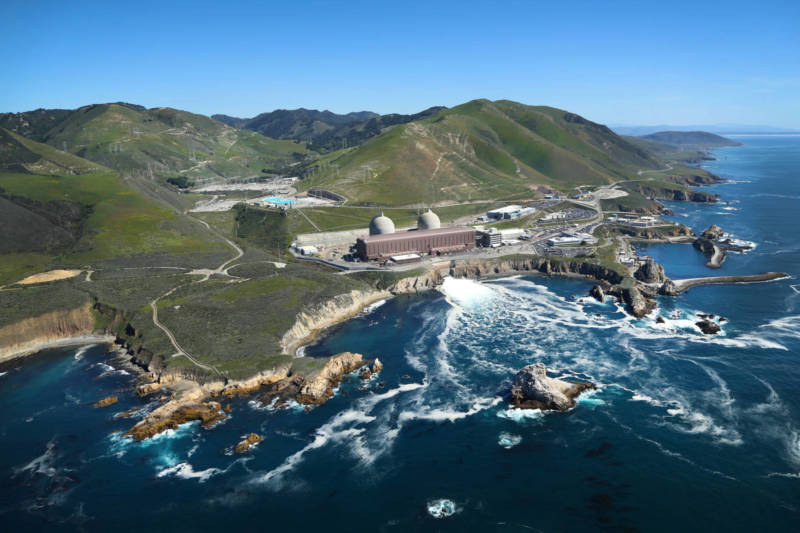California is pulling the plug on nuclear power.
The Diablo Canyon Nuclear Power Plant, the state's last remaining nuclear generator, is scheduled to close by 2025, part of a deal announced Tuesday between facility operator Pacific Gas & Electric and a coalition of labor and environmental groups. Activists have fought for decades to close the 43-year-old central coast facility because of its close proximity to offshore seismic faults in an earthquake-prone region.
The announcement comes just three years after the permanent shutdown of the San Onofre nuclear plant in southern California, which ceased operations after a $670 million equipment failure. The state has banned construction of any new nuclear facilities until the federal government finds a permanent disposal site for radioactive waste.
Nationwide, there are 61 commercially operating nuclear power plants located in 30 states, according to the U.S. Nuclear Regulatory Commission. Some California utilities will continue to purchase a small amount of nuclear energy from facilities across state lines.
